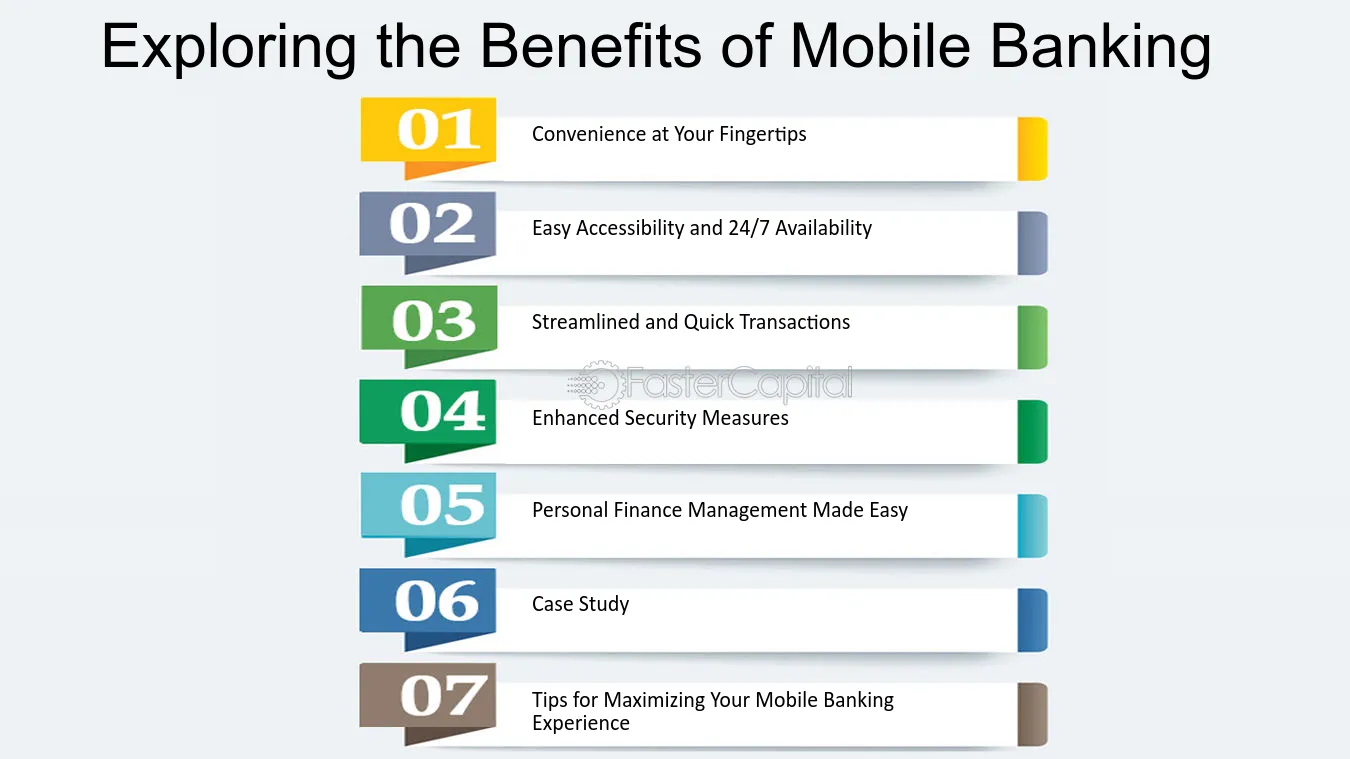Exploring Mobile Banking as a Payment Method: Trends, Benefits, and Analysis
mobile banking has transformed the way we conduct financial transactions. With the proliferation of smartphones and advancements in technology, consumers and businesses alike are increasingly turning to mobile banking as a convenient payment method. This blog post delves into the key features, benefits, challenges, and trends associated with mobile banking, backed by a comparative analysis in tabular form.
What is Mobile Banking?
Mobile banking refers to the use of a smartphone or tablet to access banking services and conduct financial transactions. This can include checking account balances, transferring funds, paying bills, and making purchases. Mobile banking applications leverage the power of the internet and mobile technology to provide a seamless banking experience 1.
Key Benefits of Mobile Banking
- Convenience: Users can bank anytime, anywhere, without the need to visit a physical bank branch.
- 24/7 Access: Mobile banking services are available round the clock, allowing users to manage finances at their convenience.
- Real-Time Transactions: Users can carry out transactions instantly, ensuring faster payments and transfers.
- Enhanced Security: Mobile banking apps typically offer features such as two-factor authentication, biometric security, and encryption 2.
- Cost-Effective: Many banks offer lower fees for mobile transactions compared to traditional banking services.
Challenges of Mobile Banking
- Security Concerns: Despite enhanced security features, mobile banking apps can still be vulnerable to hacking and fraud.
- Digital Divide: Access to mobile banking can be limited for those without smartphones or reliable internet connectivity.
- Tech Savviness: Not all users are comfortable using technology, which can hinder the adoption of mobile banking 3.
- Service Reliability: Technical glitches or downtimes can disrupt access to banking services.
Comparative Analysis of Mobile Banking Payment Methods
Below is a comparative analysis of prominent mobile banking payment methods currently in use:
| Feature/Payment Method | Mobile Banking Apps | Mobile Payment Solutions (e.g., Apple Pay, Google Pay) | Peer-to-Peer Payment Apps (e.g., Venmo, PayPal) |
|---|---|---|---|
| Payment Type | Bank Transfers, Bill Payments | Contactless Payments, In-Store Purchases | Peer Transfers, Payments for Goods/Services |
| User Experience | Comprehensive Banking Features | Simple, Fast, and User-Friendly | Social, Fun Interface, Easy Split Payments |
| Security Features | Two-Factor Authentication, Encryption | Tokenization, Biometric Authentication | Fraud Protection Policies, Basic Security Features |
| Fees | Typically Low or None | No Fees for Transactions, Merchant Charges Apply | Low Fees for Instant Transfers, Business Accounts |
| Consumer Base | General Banking Customers | Tech-Savvy Shoppers | Socially Active, Younger Demographics |
| Availability | Widely Available Across Banks | Integrated with Mobile Wallets | Available as Independent Apps |
| Use Cases | Routine Banking Tasks | Everyday Transactions | Peer-based Transactions |
Current Trends in Mobile Banking
- Rise of Open Banking: Collaborative initiatives between banks and fintech companies are on the rise, providing consumers with more options and improved services.
- Increased Security Measures: With growing security concerns, banks are investing in advanced technologies such as biometric verification and blockchain.
- Artificial Intelligence Integration: AI is being used to enhance customer service, detect fraud, and provide personalized financial advice.
- Financial Inclusion Initiatives: Mobile banking is being leveraged to bring banking services to unbanked populations, especially in developing regions.
- Sustainable Practices: There’s a growing focus on sustainable banking practices, emphasizing digital solutions to minimize paper waste.
Conclusion
Mobile banking is reshaping how we perceive and conduct financial transactions. As technology continues to evolve, mobile banking will likely become even more integral to our everyday lives. The convenience, security, and variety of services offered through mobile banking make it a compelling option for consumers looking to manage their finances efficiently. However, challenges such as security and accessibility must be addressed to ensure that mobile banking can serve a wider audience and enhance financial inclusion.
As we adopt these innovative payment methods, it’s essential to stay informed and be proactive about the security of our finances. With the right tools and knowledge, mobile banking can be a powerful ally in our financial journeys.
